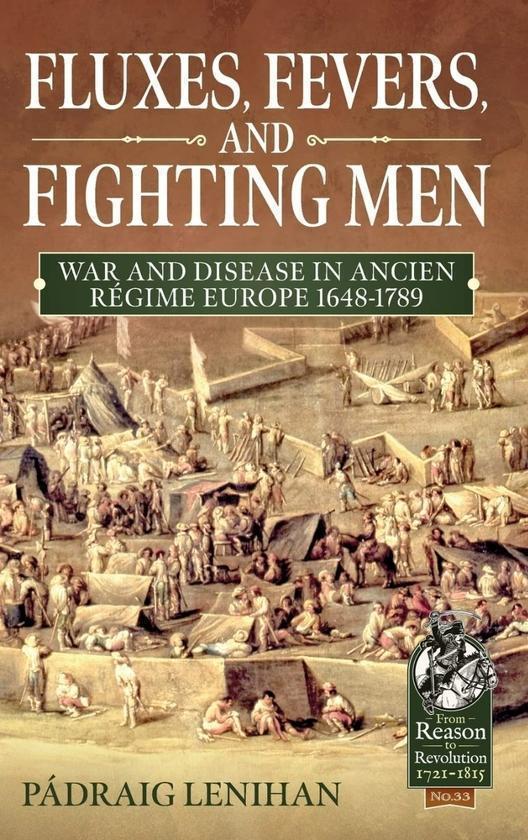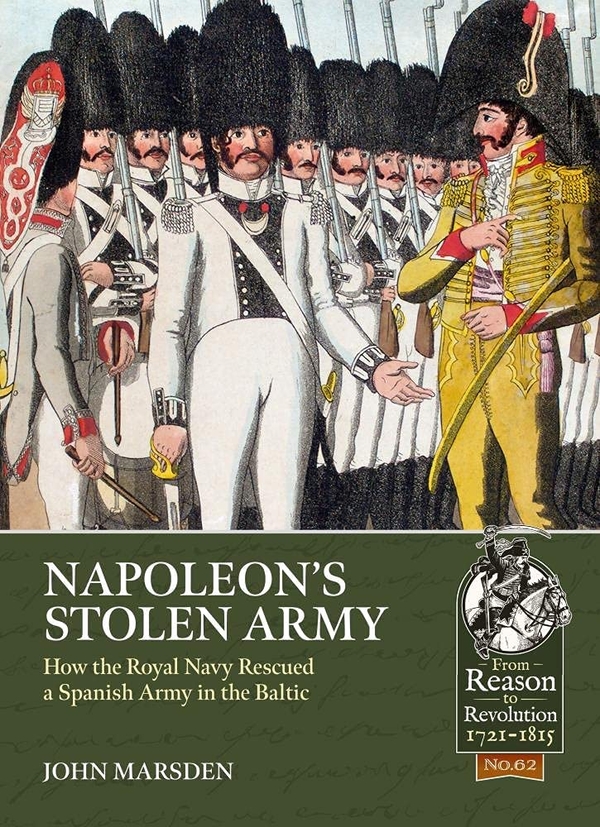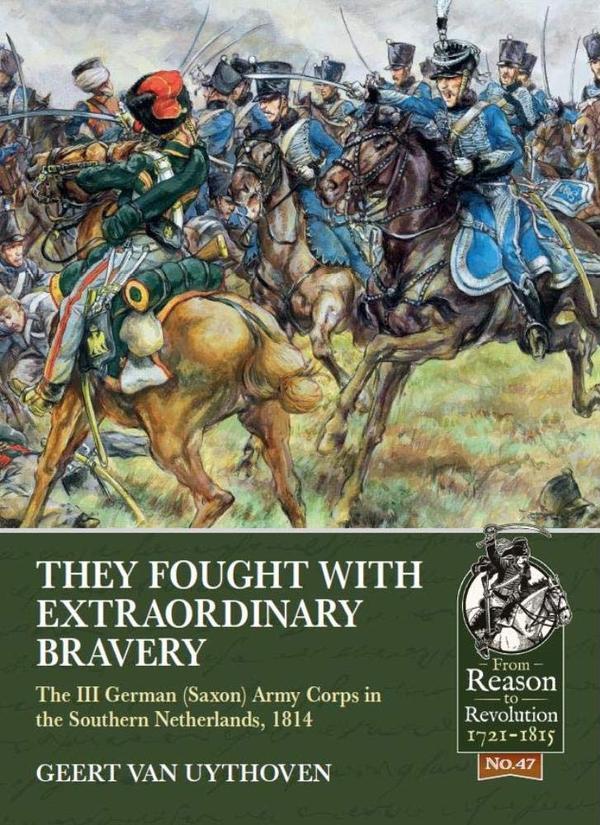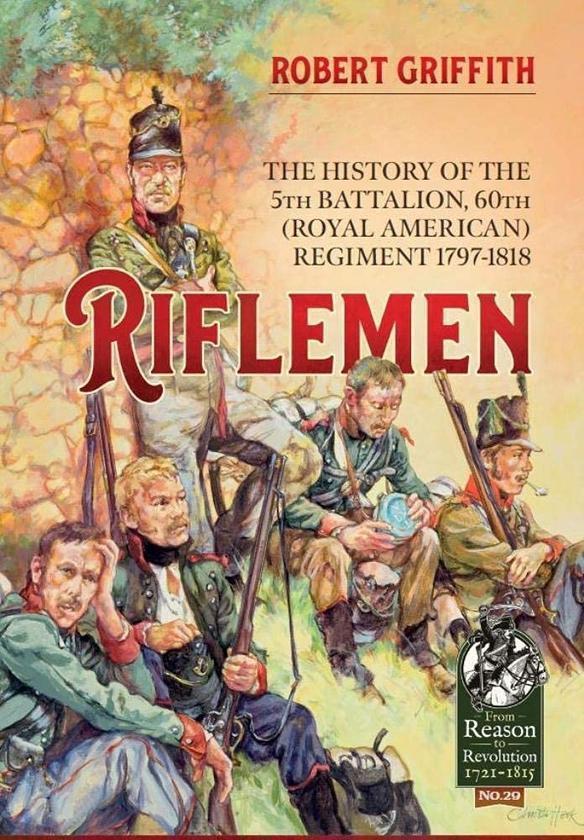
Fluxes, Fevers and Fighting Men
Формати
Мова
The proportion of wartime soldiers dying of disease as against combat injury, ran at about 70-75 percent in armies campaigning in Europe in the century and a half (1648-1789) between the end of the Thirty Years War and the French Revolution. During this time, field armies doubled in size and regimes usually fought for limited territorial gains, so it was safest to ‘occupy, entrench, and wait'. Consequently, this was an era of massive and protracted encampments: the Christian army that sat down before Belgrade in 1717 had more mouths than any city within 500 miles, but lacked basic urban amenities like regular markets, wells, privy pits, and night soil collectors. Yet the impact of sickness on military operations has been neglected. This study uncovers how many soldiers sickened and died by consulting quantitative data, such as casualty returns and hospital registers, generated by the new state-contract armies which displaced the mercenary hordes of the Thirty Years' War.






Коментарі
Немає коментарів. Будьте першим, хто залишить коментар!
Щоб залишити коментар, будь ласка, увійдіть або зареєструйтесь